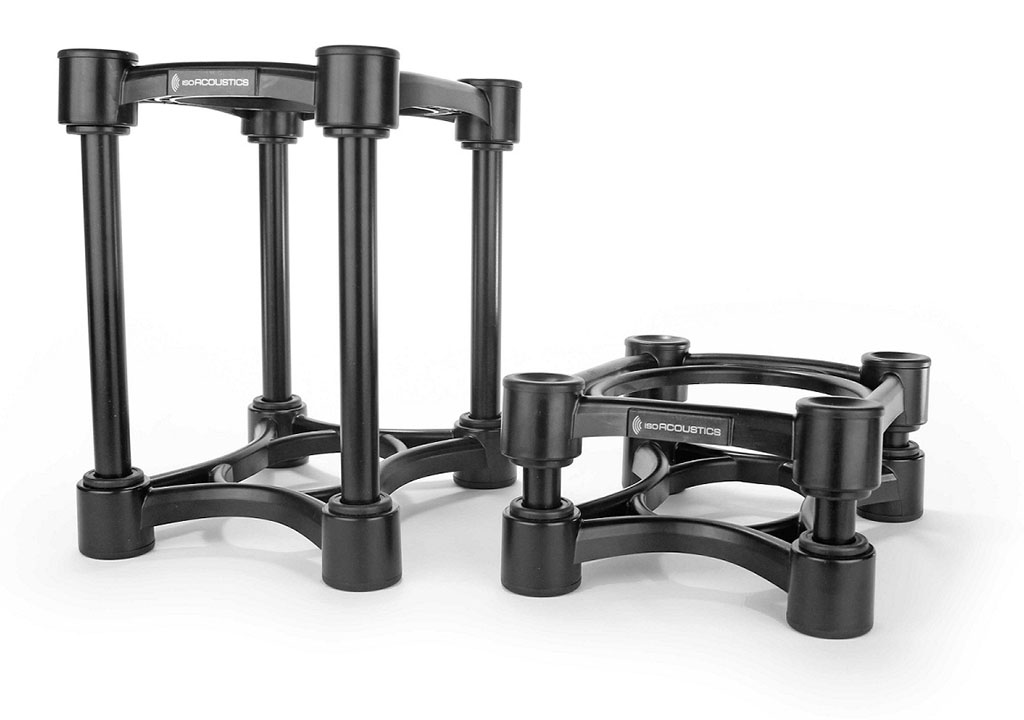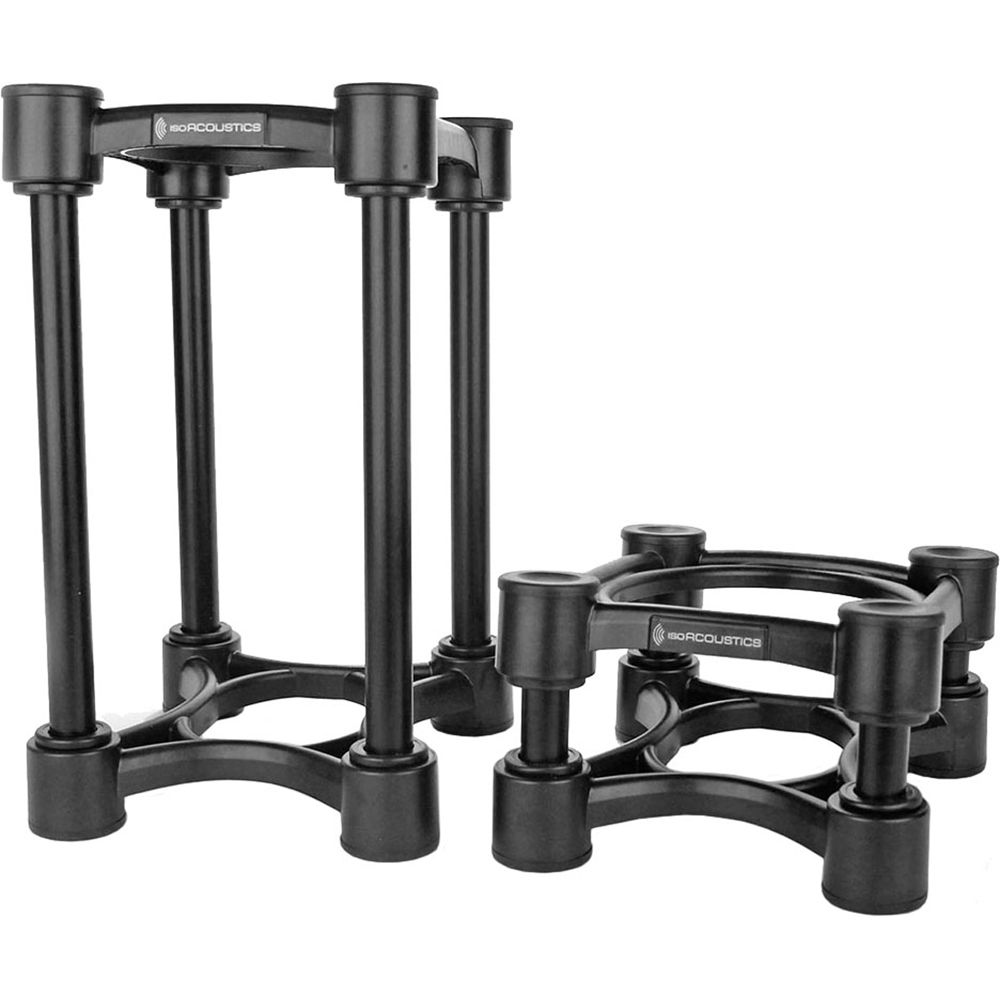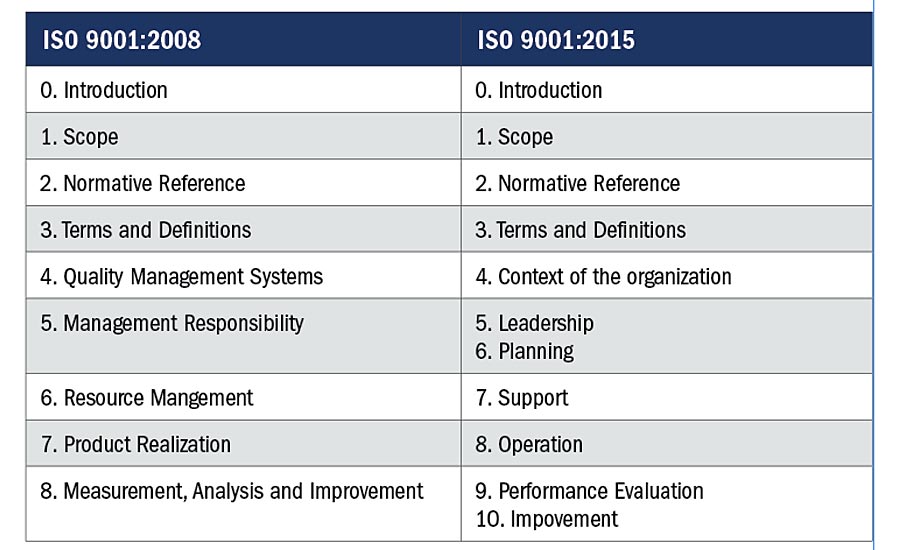

“The lower the ISO, the more detailed the photo.” But just because your camera can shoot at ISO 50 doesn’t mean you should do that all the time - experiment to select the ISO for each situation that achieves the level of clarity or grain you want. “You want your ISO to be as low as possible while still freezing the action, even if you want some grain for stylistic reasons,” photographer Derek Boyd explains. While graininess is sometimes used as an artistic effect in photography, lower ISO values will give you less noise or grain on your final image, which is typically ideal. “It will help you understand the relationship between real-life situations and ISO.” “Set the camera to auto ISO and look back at your work to see what ISO was recorded,” photographer Stephen Klise suggests.

Your camera can be a great educational tool for learning ISO. “But when the sun is setting or I’m shooting inside and light conditions change, I’ll start upping my ISO to keep my photos properly exposed.” And while this guide gives you a good start, understanding ISO will be greatly informed by how you adapt while shooting. “When the sun is bright outdoors, I barely adjust ISO,” photographer Ivy Chen says. If movement is involved, you’ll want to pair that high ISO with a fast shutter speed, as well. ISO 1600 or higher: When it’s dark out, or if you’re shooting indoors with dim lighting, you’ll need a high ISO. ISO 800: If you’re shooting indoors without an additional light source like a flash, you’ll be working in this range. ISO 400: When the lighting is still good, but less intense - like indoors by a window or outside on a cloudy day - a slightly higher ISO is ideal. ISO 100: This is the best choice for shooting outdoors on sunny days - the brightest situation you’ll likely be shooting in. Here are a few general rules for finding the right sensitivity level for your DSLR or mirrorless camera’s digital sensor. High ISO increases your camera’s light sensitivity, which is ideal for low-light situations. Conversely, when less light is available, you need a higher ISO to compensate. In brighter lighting, lower ISO is best - low ISO values are better in well-lit scenarios. The ideal ISO number allows your camera to achieve good image quality by letting the right amount of light hit the image sensor.

ISO standards in digital photography today still have the same numbering system to indicate the sensitivity of a digital camera sensor to light. Originally, ISO numbers were set by the International Organization for Standardization (where the name ISO comes from) to refer to the sensitivity of the film in a camera to light. This entry was posted in GMP Manufacturing and tagged ISO, QSR by TriLink BioTech.

Every product made at TriLink is manufactured under GMP. Generally, this means conforming to ISO or QSR standards. Although neither standard is required to maintain GMP facilities, it is essential that a firm satisfies the requirements of the client’s quality system. The QSR system is more focused on the manufacturing systems, and the validation of those systems. The ISO system pays more attention to the management of the firm and places a number of reporting loops in the firm to ensure attention to issues. The ISO and QSR systems each describe specific GMP standards. QSR stands for Quality Systems Regulation, which are GMP standards described by the FDA for the manufacture of products for the diagnostic industry. ISO stands for International Organization for Standardization, which offers a standard for operating a firm from management through manufacturing. The requirements differ depending on what type of product is being manufactured and whether it is for pharmaceutical or diagnostic purposes. It can be considered redundant since to be GMP compliant you must comply with current GMP regulations anyways. cGMP is simply Current Good Manufacturing Practices and refers to compliance with current regulations. GMP stands for Good Manufacturing Practices, and refers to a system of manufacturing that guarantees reproducibility of product quality to set specifications.


 0 kommentar(er)
0 kommentar(er)
